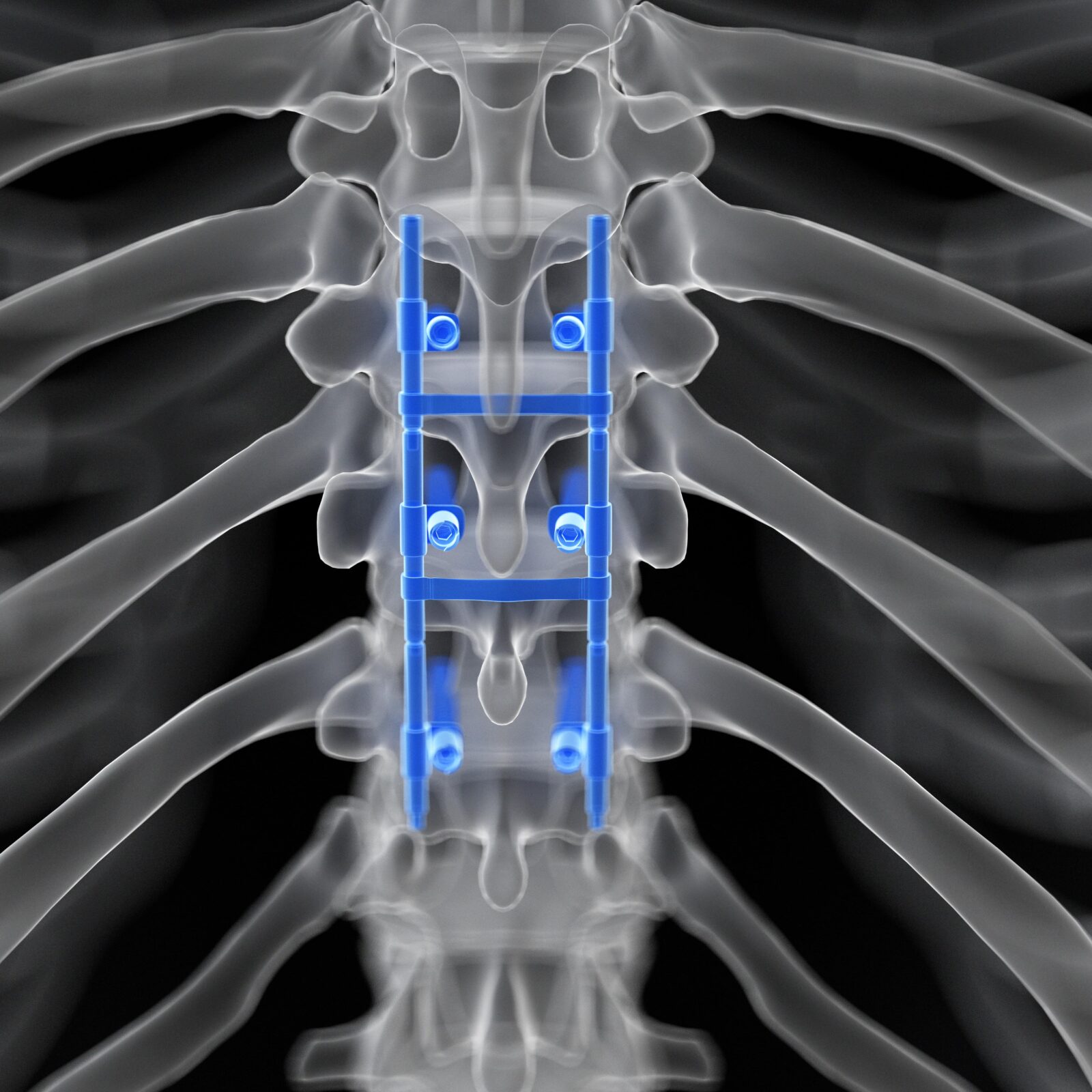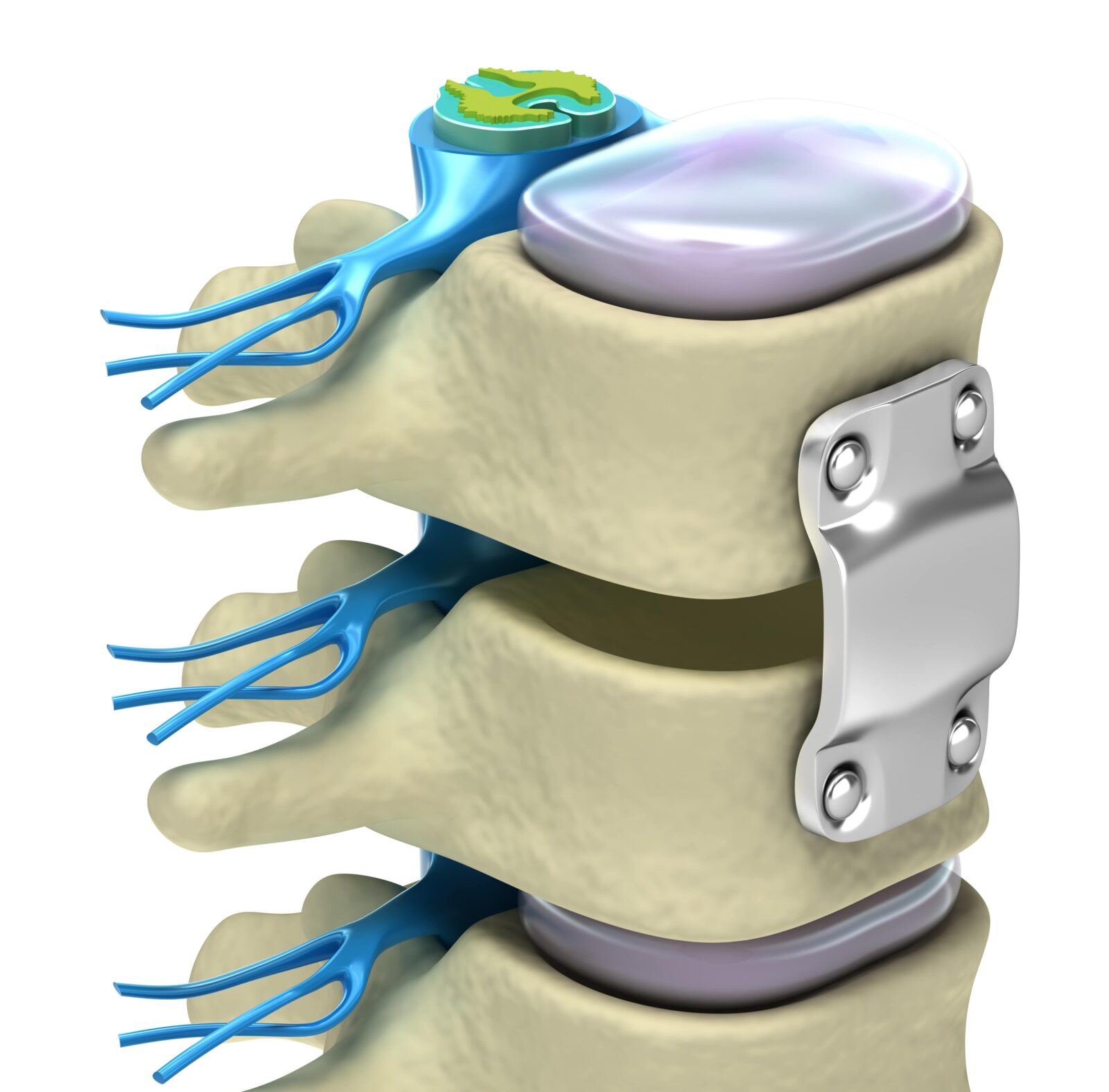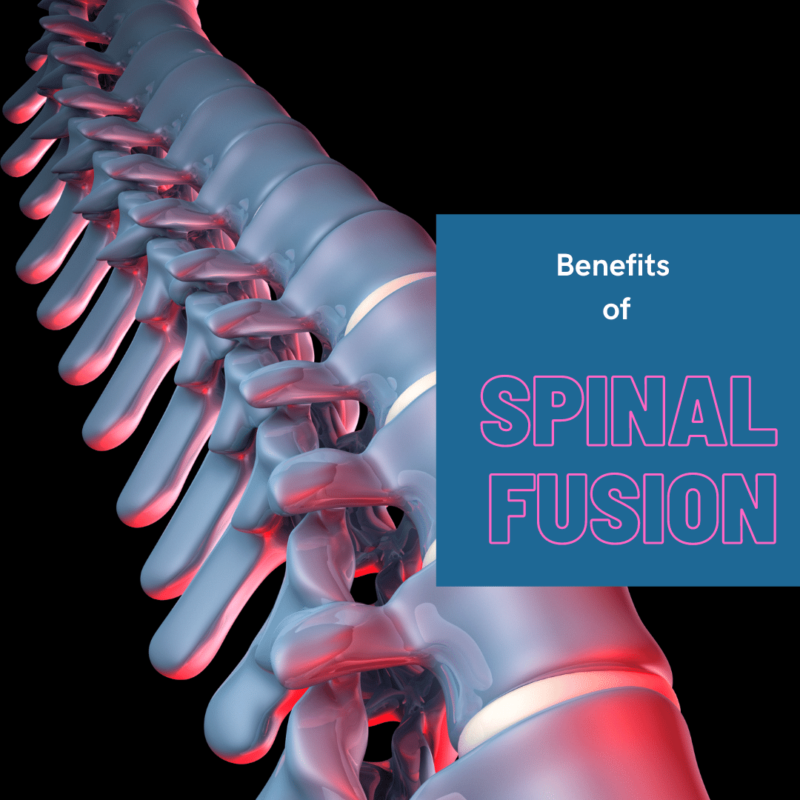It is an unfortunate fact that back pain is an extremely common experience for many Americans. Because of this, there are a variety of surgical and non-surgical treatments available to reduce or eliminate back pain. While a large number of people can experience pain relief with non-surgical treatments, there are other cases where spinal surgery may be necessary to relieve back pain, as well as additional symptoms such as numbness or weakness.

When it comes to spinal surgery, one of the most commonly used techniques is spinal fusion. Spinal fusion is the fusing (or joining) of two or more vertebrae together to form one solid bone. In a normal spine, the vertebrae have spaces between them that are filled with spinal discs. During a spinal fusion procedure, these spaces are filled with bone material, often taken from your pelvic bone, that will join one vertebrae to another to eliminate the space between them.
In fusing two or more vertebrae together, this reduces the mobility of each individual vertebrae. While this may sound like a bad thing, reducing mobility actually works to reduce back pain that is caused by the movement of individual vertebrae. Although spinal fusion can reduce flexibility, most people can still continue like before the surgery, albeit with no pain.
Spinal fusion is generally performed as a secondary part to another surgical procedure. Some common examples of spinal surgeries that can benefit from spinal fusion include: discectomy, laminectomy, scoliosis surgery, or the removal of bone spurs disc fragments, or arthritic tissue.
Benefits of spinal fusion surgery include:
Relieves Pain
One of the best benefits of spinal fusion surgery is the simple fact that it relieves pain. A common cause of back pain are spinal nerves that have become compressed. This can happen for a variety of reasons, including spinal stenosis, herniated discs, or arthritis to name a few. Spinal fusion surgery is also sometimes known as decompression surgery since it helps to free up space around the spinal cord. This extra space allows the nerves to function properly without being squeezed by other structures. Releasing compressed nerves relieves pain, while fusing the vertebrae prevents them from being compressed again in the future.
Reduces Post-Decompression Deformity

Many back surgeries are performed by removing structures that place additional pressure on the spine and cause pain to the individual. For example, a discectomy removes a damaged spinal disc, while a laminectomy removes all or part of the lamina. There are various other procedures that may remove spinal arthritis, bone spurs, and tumors. However, since the removal of certain structures can cause spinal instability, spinal fusion is performed to maintain the structural integrity of the spine. Spinal fusion actually prevents the spine from becoming deformed with a condition known as “post-laminectomy kyphosis”, which is the abnormal curve of the spine.
Corrects Current Spinal Deformity
Another benefit of spinal fusion is that it can also be used to correct an established spinal deformity. There are three main types of spinal deformity: lordosis, scoliosis and kyphosis. Lordis is basically a swayback in humans, meaning that the inward curvature of the lower spine is exceptionally deep. Scoliosis the abnormal side to side curvature of the spine. Finally, kyphosis is an exaggerated external curvature of the spine in the upper back and neck that can cause the spine to look hunched. By properly positioning the spine and then fusing the affected vertebrae together prevents the vertebrae from moving back and instead keeps the spine in proper alignment.










